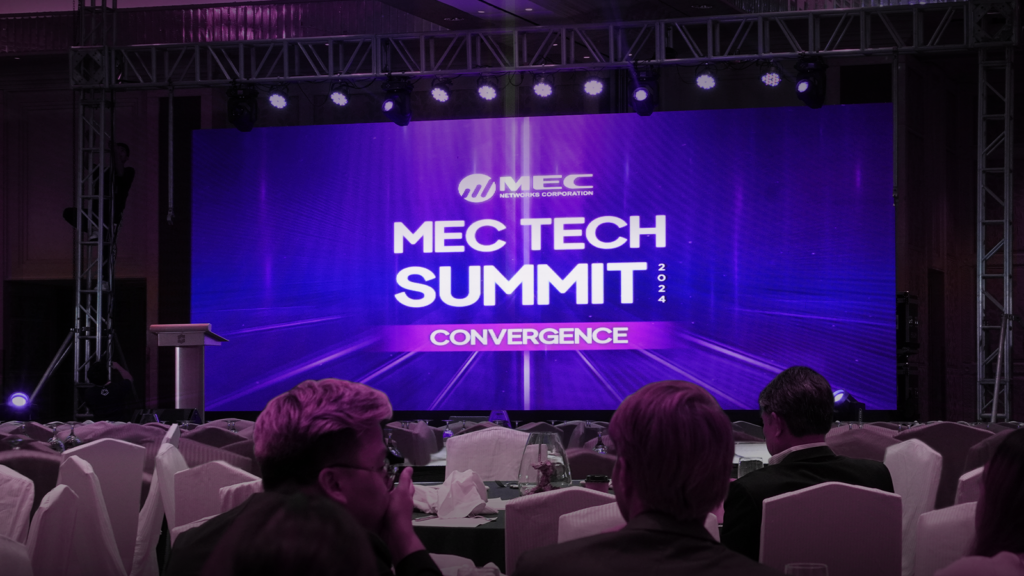We will witness a continuation of last year’s data center movements and more in 2022 because the pandemic and its effects have had a deeper influence on our lives than we imagined at the beginning of 2021.
Last year, we witnessed the fast progress of cloud migration. More edge data centers are also being created. IoT and “smart everything” is driving cloud movements, and IoT usage will continue to rise. AI has become more important in processing increasingly huge volumes of data for latency-sensitive applications. Finally, the necessity to process more data faster pushed the development of the single-mode fiber.
Many individuals anticipated to be back in blended work settings by the middle of 2021, yet we are still mostly adopting remote work setups. Indeed, remote work may become permanent for many knowledge workers, at least part of the time.
We will now go deeper into the 5G, IoT, AI/ML, and remote work trends.
6 Data Center Trends
1. 5G will keep on elevating.
Service providers and private organizations will keep assessing the most practical methods of increasing capacity and capabilities in 5G implementation plans. In terms of the data center, 5G provides quicker access to information, which will push more edge data center construction. As more data becomes latency-sensitive and demands faster access, we will see a shift away from the large core, small edge data center design towards one consisting of a smaller core and larger edge.
Cloud core 5G will considerably boost data center construction in private firms. If you can develop 5G on cloud architecture privately with local radios in the cloud, you will have a very data-heavy, latency-sensitive application. This need will push the faster development of data centers and edge data centers. This 5G trend will begin in 2022, and it will last for several years as enterprises negotiate the right to utilize the 5G spectrum from carriers.
2. IoT will rise steadily.
The rise of IoT reveals no indications of stopping. According to Statista, the global number of IoT devices will nearly triple from 8.74 billion in 2020 to more than 25.4 billion in 2030. We anticipate further significant commercial investments in IoT. Managers are looking more closely at how they can operate their businesses more efficiently – for example, streamlining shipping – and adding sensors in the proper places can assist with that endeavor.
Everything leads back to data when it comes to enabling IoT and smart things. Consider all the little data points involved in something as basic as a door sensor. When is it open, when is it closed, is it locked or unlocked, who opened it or who locked it? Increase that by the number of sensor applications (temperature, occupancy, lighting, water consumption, and so on). That infrastructure is all housed in the data center.
Furthermore, we are witnessing the growing amounts of data sensitive to time and must be handled at the edge. Hence, the IoT is fuelling the expansion of edge data centers. Today, public cloud providers are doing most of the edge buildouts, and other providers are establishing edge data centers for latency-sensitive applications like video. (Consider the rise in streaming video services as an essential driver of this development.) In fact, video applications – entertainment, security monitoring, data mining, and safety, for example – will have the most significant influence from IoT in the data center. Instead of evaluating static data or photographs, businesses must save that data and act on it in real time.
3. Cloud migration will persist.
People are flocking to the cloud because of its scalability and low cost. In late 2021, HPE claimed a 46 percent rise in year-over-year orders for its GreenLake cloud platform, while AWS recorded a 40 percent increase. Renting and scaling something in days versus planning and developing something in years is a convincing argument for the cloud. The architecture for both public and private clouds will expand. Large organizations will utilize a hybrid strategy, while smaller businesses will rely only on the public cloud.
The reason for gradual growth is compliance — data security and compliance limitations. As an illustration, organizations and governments have compliance laws concerning preserving some data within a nation or on-site locations, or protecting healthcare information.
4. We will increasingly depend on AI and AR.
AI and machine learning (ML) application cases paired with augmented reality (AR) will increase speedily in 2022. Facebook announced a name change and is now orienting the whole corporation around the AR-driven metaverse. AR will also be needed much more in interfaces, for B-to-C marketing, sales, training, and service applications. For example, AR for data center technicians may be linked to a task order application so that they can use a smartphone to show them which cable to repair in a switch.
The emergence of the metaverse will also enhance the use of augmented reality. In the very near future, consumers will be able to replicate a physical encounter with a virtual one. We have become accustomed to seeing each other on video, and we will become accustomed to seeing each other in augmented reality settings.
5. Single-mode fiber use will increase alongside the move to 400/800-gigabit networks.
Adoption of single-mode fiber has surged. While multimode fiber is still prevalent, single-mode fiber deployments are outpacing multimode ones. As data center bandwidth approaches 400 or 800 Gbps, we are witnessing more single-mode fiber applied in cloud and hyperscale data centers.
You may believe that because you are now at 10Gb or 100Gb, the shift to 400Gb is a long way off. However, if you total up the number of 10Gb (or faster) ports you’re responsible for maintaining, you’ll realize that the need to upgrade to 400Gb and beyond isn’t all that far away.
5. Remote work setups will be the dominant choice.
Remote work will become the norm, and IT managers are considering how to effectively prepare for it. The usage of videoconferencing for business, education, and leisure in 2021 had a significant influence on the data center, and we expect this trend to continue in 2022. As individuals record live video chats, a lot of video storage is necessary, and users demand quick, jitter-free access to that footage. This places additional strain on data centers.
As 5G, IoT, remote work, and cloud migration impose additional demands on data centers, IT managers will counteract by increasing storage, employing AI and ML to process data more quickly, constructing edge data centers, and deploying single-mode fiber to enhance speeds. Despite continued COVID and supply chain challenges, we expect a surge in data center activity as IT managers prepare for the new normal.





